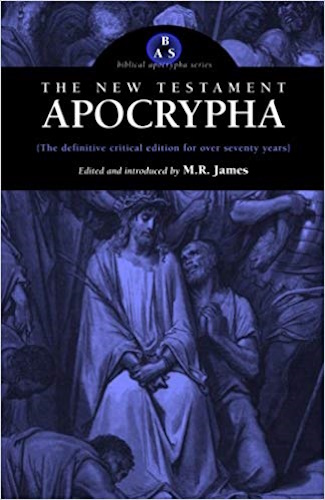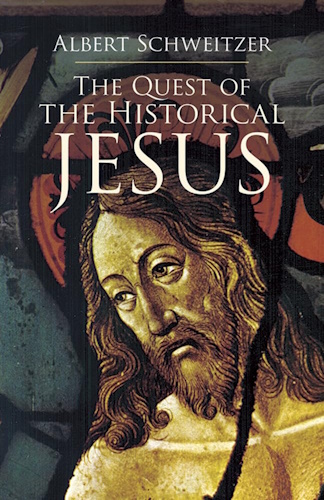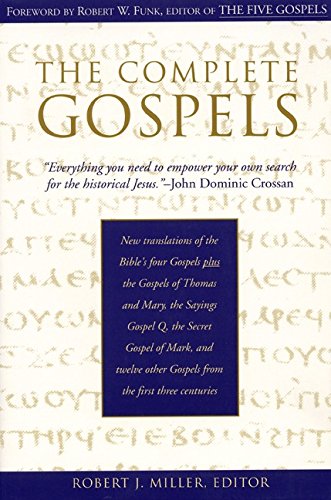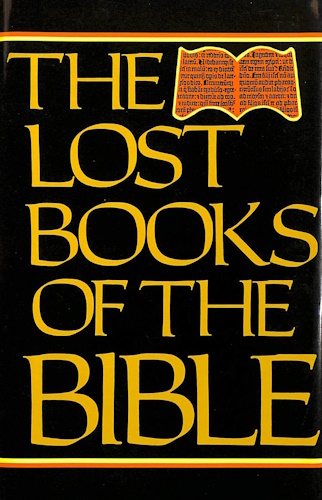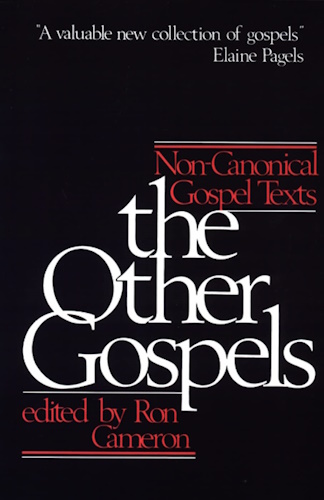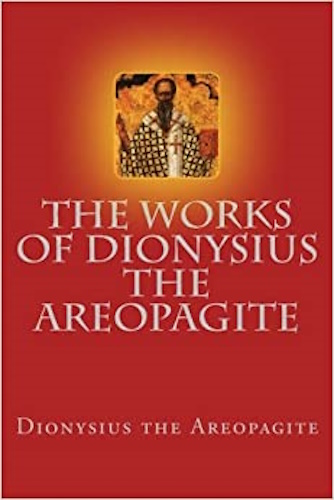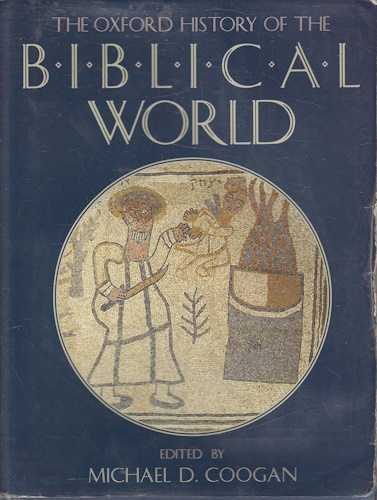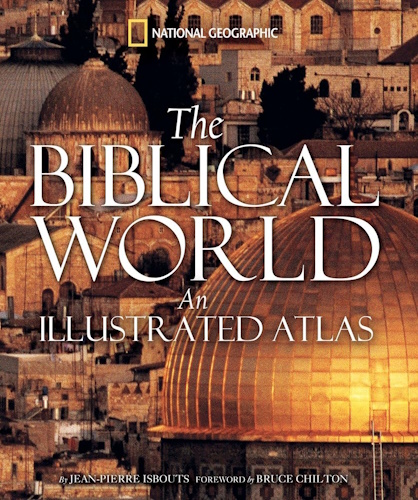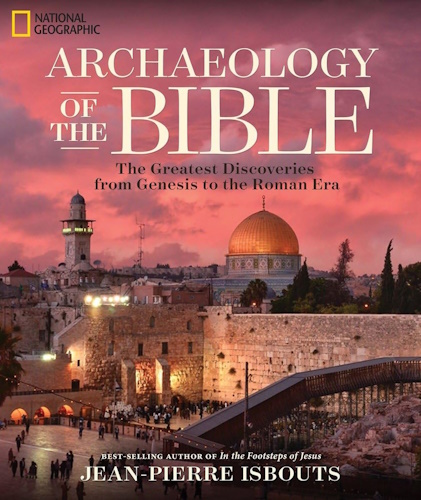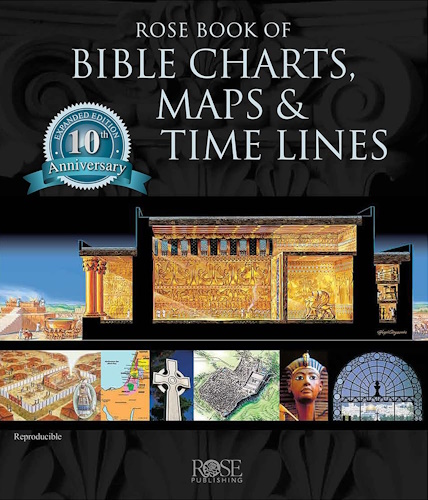
The works of Dionysius the Areopagite
On Divine Names
Caput IX
Concerning great, small, same, different, similar, dissimilar, standing, movement, equality.
SECTION I.
BUT since even the great and the small are attributed to the Cause of all, arid the same, and the different, and the similar, and the dissimilar, and the standing, and the movement. Come! and let us gaze upon these images of the Divine Names, such as have been manifested to us. Almighty God, then, is celebrated in the Oracles as great, both in greatness and in a gentle breeze, which manifests the Divine littleness; and as the same, when the Oracles declare "thou art the same"; and as different, when He is depicted, by the same Oracles, as of many shapes and many forms; and as similar, as mainstay of things similar and similitude; and as dissimilar to all, as the like of whom there is not; and as standing, and unmoved, and seated for ever; and as moving, as going forth to all; and whatever other Divine Names, of the same force with these, are celebrated by the Oracles.
SECTION II.
Almighty God, then, is named great in reference to His own peculiar greatness, which imparts itself to all things great; and overflows, and extends itself outside of all greatness; embracing every place, surpassing every number, going through every infinitude, both in reference to its super-fulness, and
page 103
mighty operation, and its fontal gifts, in so far as these, being participated by all in a stream of boundless gifts, are altogether undiminished, and have the same super-fulness, and are not lessened by the impartations, but are even still more bubbling over. This Greatness then is infinite, and without measure and without number. And this is the preeminence as regards the absolute and surpassing flood of the incomprehensible greatness.
SECTION III.
But little, i.e. fine, is affirmed respecting Him,—that which leaves behind every mass and distance, and penetrates through all, without hindrance. Yet the little is Elemental52 Cause of all, for nowhere will you find the idea of the little unparticipated. Thus then the little must be received as regards God as penetrating to all, and through all, without impediment; and operating, and piercing through, to "a dividing of soul and spirit, and joints and marrow"; and "discerning thoughts and intents of heart," yea rather—all things that be. For there is not a creature unmanifest in His sight. This littleness is without quality and without quantity, without restraint, without limit, without bound, comprehending all things, but itself incomprehensible.
SECTION IV.
But the same is superessentially everlasting, inconvertible, abiding in itself, always being in the same
page 104
condition and manner; present to all in the same manner, and itself by itself, upon itself, firmly and purely fixed in the most beautiful limits of the superessential sameness, without changing, without falling, without swerving, unalterable, unmingled, immaterial, most simplex, self-sufficient, without increase, without diminution, unoriginated, not as not yet come into being, or unperfected, or not having become from this, or that, nor as being in no manner of way whatever, but as all unoriginated, and absolutely unoriginated, and ever being; and being self-complete, and being the same by itself, and differentiated by itself in one sole and same form; and shedding sameness from itself to all things adapted to participate in It; and assigning things different to those different; abundance and cause of identity, preholding identically in itself even things contrary, as beseems the One and unique Cause, surpassing the whole identity.
SECTION V.
But the different, since Almighty God is present to all providentially, and becomes all in all, for the sake of the preservation of all, resting upon Himself, and His own identity within Himself, standing, as beseems an energy, one and ceaseless, and imparting Himself with an unbending power, for deification of those turned to Him. And we must suppose that the difference of the manifold shapes of Almighty God, during the multiform visions, signifies that certain things are different from the phenomena
page 105
under which they appear. For, as when language depicts the soul itself, under a bodily form, and fashions bodily members around the memberless, we think differently of the members attributed to it, as befits the soul's memberless condition; and we call the mind head, and opinion neck,—as intermediate between rational and irrational—and anger, breast; and lust, belly; and the constitution, legs and feet; using the names of the members as symbols of the powers. Much more then, as respects Him, Who is beyond all, is it necessary to make clear the difference of forms and shapes by reverent and God-becoming, and mystic explanations. And if you wish to apply the threefold shapes of bodies to the impalpable and shapeless God, you must say, that the Progression of Almighty God, which spreads out to all things, is a Divine extension; and length, the power extending itself over the whole; and depth, the hiddenness and imperception incomprehensible to all creatures. But, that we may not forget ourselves, in our explanation, of the different shapes and forms, by confounding the incorporeal Divine Names with those given through symbols of objects of sense, we have for this reason spoken concerning these things in the Symbolic Theology. But now, let us suppose the Divine difference, as really not a sort of change from the super-immovable identity, but as the single multiplication of itself, and the uniform progressions of its fecundity to all.
SECTION VI.
But similar, if any one might speak of Almighty God as the same, as being wholly throughout, similar to Himself—abidingly and indivisibly; we must not despise the Divine Name of the Similar; but the Theologians affirm that the God above all, in His essential nature, is similar to none; but that He bequeaths a Divine similarity to those who turn to Him, Who is above every limit and expression, by imitation according to their capacity. And there is the power of the Divine similitude, which turns all created things to the Cause. These things, then, must be said to be similar to Almighty God, both after a Divine likeness and similitude. For, neither must we say that Almighty God is similar to them, because neither is a man like his own image. For, with regard to those of the same rank, it is possible that these should be similar to each other, and that the similarity corresponds to each, and that both are similar to each other, after a preceding appearance of like. But, with respect to the Cause and the things caused, we do not accept the correspondence. For, the being similar is bequeathed, not to these, or those, alone, but to all those who participate in similarity. Almighty God becomes Cause of their being similar, and is mainstay of the self-existing Similarity itself; and the similar in all is similar to a soft of footprint of the Divine Similarity and completes their Oneness.
page 107SECTION VII.
And what must we say concerning this? For the Word of God Itself extols the fact that He is dissimilar, and of the same rank with none; as "different" even from everything, and, what is more paradoxical, says there is nothing that is similar to Him. Yet the expression is not contrary to the similarity towards Him, for the same things are both similar to God, and dissimilar—the former as regards the received imitation53 of the inimitable, the latter as regards the dependence of the things caused upon the cause, and their being inferior in degrees, endless and incalculable.
SECTION VIII.
But what also do we say concerning the Divine standing, i.e. seat? What other than that Almighty God remains Himself, in Himself, and is abidingly fixed in unmoved identity, and is firmly established on high; and that He acts according to the same conditions, and in reference to the same object, and in the same way; and that He exists altogether, as beseems the immutability from Himself; and as beseems the immovability Itself, entirely immovable, and that superessentially. For He is Cause of the standing and sitting of all, Who is above all sitting and standing, and in Him all things consist, being kept from falling out of the state of their own proper goods.
page 108SECTION IX.
But what again, when the Theologians say, that the unmoved goes forth to all, and is moved? Must we not understand this in a sense befitting God? For we must reverently suppose that He is moved, not as beseems carriage, or change, or alteration, or turning, or local movement, or the straight, or the circular, or that from both (curvative), or the intellectual, or the spiritual, or the physical, but that Almighty God brings into being and sustains everything, and provides in every way for everything; and is present, to all, by the irresistible embrace of all, and by His providential progressions and operations to all existing things. But we must concede to our discourse, to celebrate in a sense becoming God, even movements of God, the immovable. And the straight must be considered (to be) the unswerving and the undeviating progression of the operation, and the production from Himself of the whole; and the curvative—the steady progression and the productive condition; and the circular the same, and the holding together the middle and extremities, which encompass and are encompassed,—and the turning to Him of the things which proceeded from Him.
SECTION X.
But, if any one should take the Divine Name in the Oracles, of "the same," or that of "justice," in the sense of "the equal," we must say, that Almighty God is equal, not only as indivisible and unswerving, but also as going forth to all, and through all,
page 109
equally; and as foundation of the self-existent Equality, in conformity with which, He equally effects the same passage, through all things mutually, and the participation of those who receive equally, according to the aptitude of each; and the equal gift distributed to all, according to due; and according as He has anticipated pre-eminently and uniquely in Himself, every equality, intelligible, intelligent, rational, sensible, essential, physical, voluntary, as beseems the Power over all, which is productive of every equality.
52 Atomic theory.
53 Letter 2.
![]()
![]()
-
Urantia Book, 44:0.11 - The Celestial Artisans
Never in your long ascendancy will you lose the power to recognize your associates of former existences. Always, as you ascend inward in the scale of life, will you retain the ability to recognize and fraternize with the fellow beings of your previous and lower levels of experience. Each new translation or resurrection will add one more group of spirit beings to your vision range without in the least depriving you of the ability to recognize your friends and fellows of former estates.
-
Princess Bride 1987 Wallace Shawn (Vizzini) and Mandy Patinkin (Inigo Montoya)
Vizzini: HE DIDN'T FALL? INCONCEIVABLE.
Inigo Montoya: You keep using that word. I do not think it means what you think it means. -
Urantia Book, 117:4.14 - The Finite God
And here is mystery: The more closely man approaches God through love, the greater the reality -- actuality -- of that man. The more man withdraws from God, the more nearly he approaches nonreality -- cessation of existence. When man consecrates his will to the doing of the Father's will, when man gives God all that he has, then does God make that man more than he is.
-
Urantia Book, 167:7.4 - The Talk About Angels
"And do you not remember that I said to you once before that, if you had your spiritual eyes anointed, you would then see the heavens opened and behold the angels of God ascending and descending? It is by the ministry of the angels that one world may be kept in touch with other worlds, for have I not repeatedly told you that I have other sheep not of this fold?"
-
Urantia Book, Foreword - 0:12.12 - The Trinities
But we know that there dwells within the human mind a fragment of God, and that there sojourns with the human soul the Spirit of Truth; and we further know that these spirit forces conspire to enable material man to grasp the reality of spiritual values and to comprehend the philosophy of universe meanings. But even more certainly we know that these spirits of the Divine Presence are able to assist man in the spiritual appropriation of all truth contributory to the enhancement of the ever-progressing reality of personal religious experience—God-consciousness.
-
Urantia Book, 1:4.3 - The Mystery Of God
When you are through down here, when your course has been run in temporary form on earth, when your trial trip in the flesh is finished, when the dust that composes the mortal tabernacle "returns to the earth whence it came"; then, it is revealed, the indwelling "Spirit shall return to God who gave it." There sojourns within each moral being of this planet a fragment of God, a part and parcel of divinity. It is not yet yours by right of possession, but it is designedly intended to be one with you if you survive the mortal existence.
-
Urantia Book, 1:4.1 - The Mystery Of God
And the greatest of all the unfathomable mysteries of God is the phenomenon of the divine indwelling of mortal minds. The manner in which the Universal Father sojourns with the creatures of time is the most profound of all universe mysteries; the divine presence in the mind of man is the mystery of mysteries.
-
Urantia Book, 1:4.6 - The Mystery Of God
To every spirit being and to every mortal creature in every sphere and on every world of the universe of universes, the Universal Father reveals all of his gracious and divine self that can be discerned or comprehended by such spirit beings and by such mortal creatures. God is no respecter of persons, either spiritual or material. The divine presence which any child of the universe enjoys at any given moment is limited only by the capacity of such a creature to receive and to discern the spirit actualities of the supermaterial world.
-
Urantia Book, 11:0.1 - The Eternal Isle Of Paradise
Paradise is the eternal center of the universe of universes and the abiding place of the Universal Father, the Eternal Son, the Infinite Spirit, and their divine co-ordinates and associates. This central Isle is the most gigantic organized body of cosmic reality in all the master universe. Paradise is a material sphere as well as a spiritual abode. All of the intelligent creation of the Universal Father is domiciled on material abodes; hence must the absolute controlling center also be material, literal. And again it should be reiterated that spirit things and spiritual beings are real.
-
Urantia Book, 50:6.4 - Planetary Culture
Culture presupposes quality of mind; culture cannot be enhanced unless mind is elevated. Superior intellect will seek a noble culture and find some way to attain such a goal. Inferior minds will spurn the highest culture even when presented to them ready-made.
-
Urantia Book, 54:1.6 - True And False Liberty
True liberty is the associate of genuine self-respect; false liberty is the consort of self-admiration. True liberty is the fruit of self-control; false liberty, the assumption of self-assertion. Self-control leads to altruistic service; self-admiration tends towards the exploitation of others for the selfish aggrandizement of such a mistaken individual as is willing to sacrifice righteous attainment for the sake of possessing unjust power over his fellow beings.
-
Urantia Book, 54:1.9 - True And False Liberty
How dare the self-willed creature encroach upon the rights of his fellows in the name of personal liberty when the Supreme Rulers of the universe stand back in merciful respect for these prerogatives of will and potentials of personality! No being, in the exercise of his supposed personal liberty, has a right to deprive any other being of those privileges of existence conferred by the Creators and duly respected by all their loyal associates, subordinates, and subjects.
-
Urantia Book, 54:1.8 - True And False Liberty
There is no error greater than that species of self-deception which leads intelligent beings to crave the exercise of power over other beings for the purpose of depriving these persons of their natural liberties. The golden rule of human fairness cries out against all such fraud, unfairness, selfishness, and unrighteousness.
